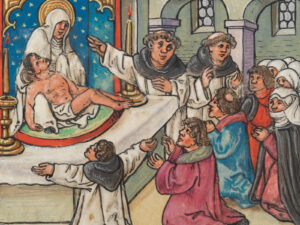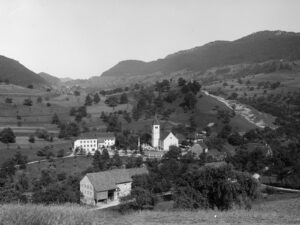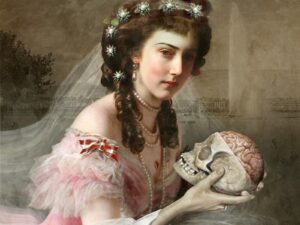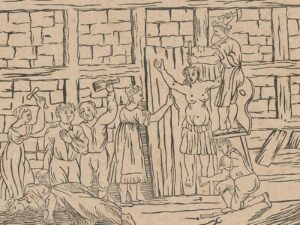
A bloodbath in God’s name
Gripped by religious hysteria, a group of believers killed two women in Wildensbuch in 1823. The blood-soaked deed still has the power to shock today.
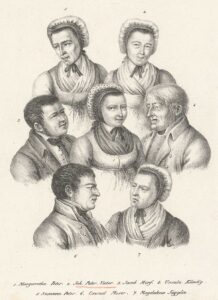
‘Beating back’ the Devil
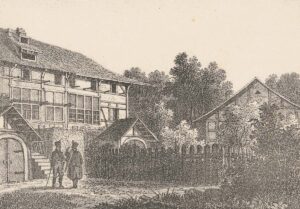
“Unrestrained violence” in the Peter family home


